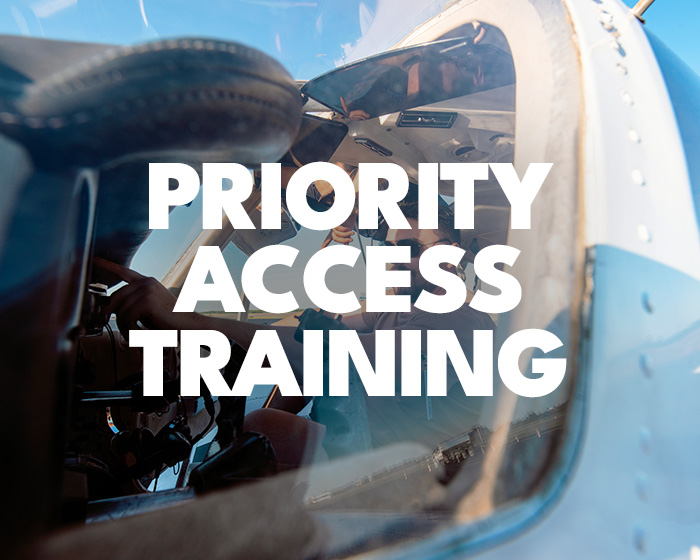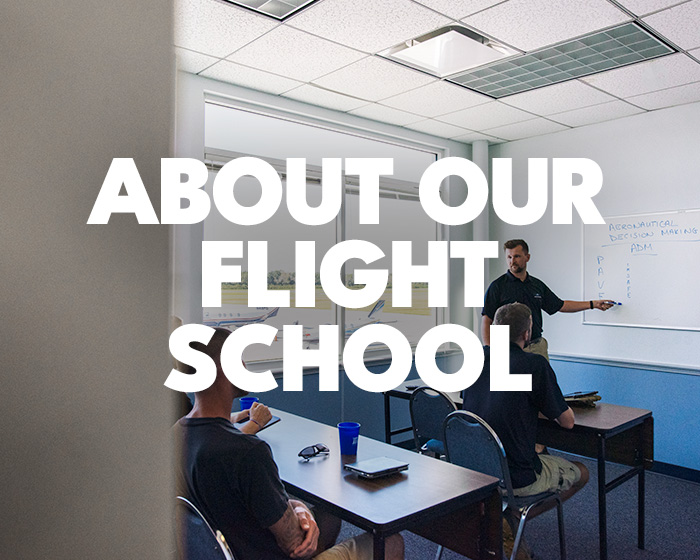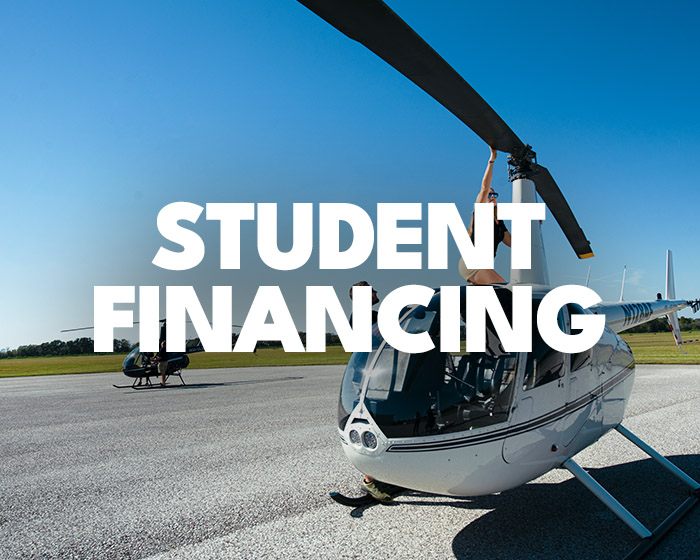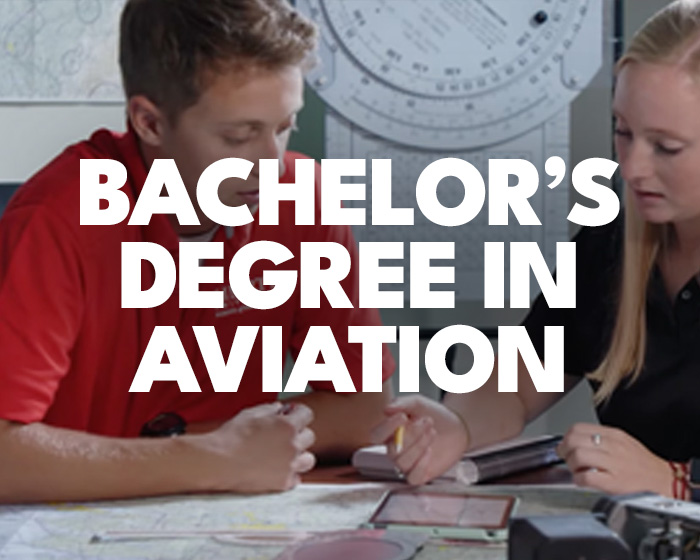Are you dreaming of becoming a pilot, but the current aviation industry outlook is making you question your thoughts? That is completely understandable, and we are here to help! Sure, the latest news around COVID-19 and the travel industry is dominating the headlines as aviation weathers a setback. Have no fear, aviation is here to stay and has proven time-after-time that it is not going anywhere. A new set of safety policies is currently being crafted across the industry to ensure both passenger and employee safety so that airports and airlines can welcome passengers back to the sky in a reassuring way.
Some younger prospective pilots might think flying an airplane for a career means only flying for the airlines, but there are many other jobs that fly things other than people. Fixed wing flying jobs such as cargo, private charters, agriculture, and aerial surveying do not rely so much on passengers but more on moving goods and services. Helicopter jobs such as medical rescue flights and news/traffic reporting do not originate out of crowded airport terminals making a rotorcraft certificate look more appealing to a few. Some of these jobs are steppingstones for those seeking employment with an airline and are great ways to build your flight hours as we all know Rome wasn’t built in a day.
The timeline from zero flight hours to an Airline Transport Pilot (ATP) varies, but some current averages suggest two to four years of training until the requirements can be met. Depending on collegiate degrees, the minimum hours needed for the ATP certificate range from 1000 – 1500 hours. Starting your flight training now could position your entry to the workforce when experts are forecasting air travel demand to return to near pre COVID-19 levels. The current lull is only speeding up already planned retirements for both pilots and aircraft. As older planes take off for their last flight, newer more efficient planes are still in the pipeline for production. Sure, the airlines are going to look different just like restaurants, shopping malls and grocery stores but the world will still need to be connected in the most efficient way possible: air travel.
The pilot shortage in the U.S. might sound more like a surplus now-a-days but that shouldn’t last long. In the years to come, experts suggest up to 5000 pilots a year could retire only to be paired with an increase in demand for air travel. According to the National Business Aviation Association (NBAA), the average age for commercial pilots is 51 and with the mandatory retirement age of 65, the demand for airline pilots will only increase.
Some airlines have introduced personal health and safety kits for passengers that include a disposable mask, sanitizing wipes and non-latex gloves to help mitigate COVID-19 fears. There has been talk of TSA monitoring passengers’ temperatures and aircraft seat configurations changing to follow social distancing guidelines. These are just a few of the precautions being made to handle the demand when it returns.
If you are thinking about that intro flight or pursuing the instrument rating, do it! Aviation is a rewarding industry to work in and be apart of. In the famous words of Da Vinci, “Once you have tasted flight, you will forever walk the earth with your eyes turned skyward, for there you have been, and there you will always long to return.”








